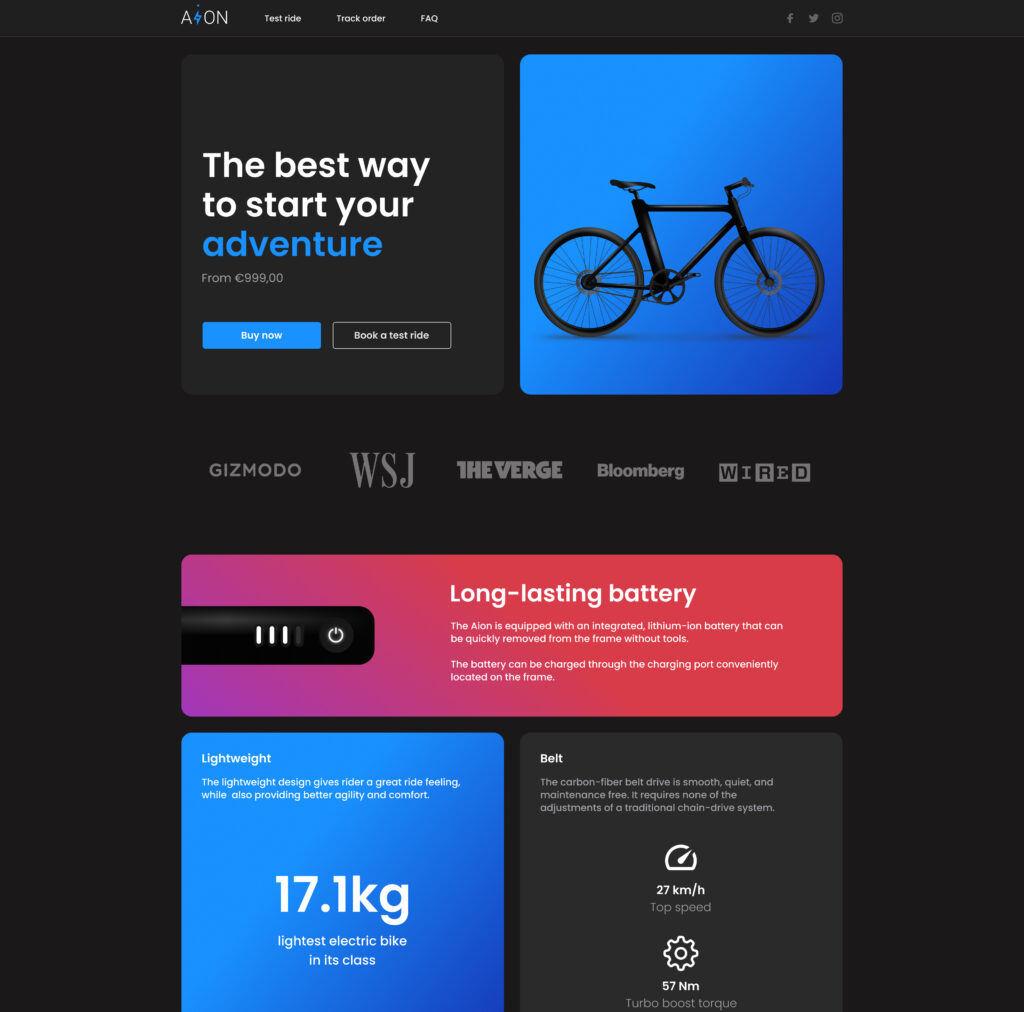
Background info
The project was the subject of a workshop that I participated in. The basic idea kicked off as a response to the widespread increase in popularity of electric bicycles. The project was set up in such a way that it required for us to go through the entire Design Thinking process, and arriving at a final result that is ready to launch at any moment.
My role
UX Design, UI Design, User Research, Wireframes, Prototype, User Testing
Project context
Electric bicycles (e-bikes) represent one of the fastest growing segments of the transport market. Over 31 million e-bikes were sold in 2019. E-bikes serve to increase cycling frequency and duration and can substitute for motorized transportation particularly short car journeys.
However, according already existing owners and along with perspective buyers, actually purchasing an e-bike can be a daunting and overwhelming task.
To provide a better outcome and an improved shopping experience, a complete picture is required, which combines informal and official shopping data with e-bike user and market research.
An online, web-based shop is well positioned to provide a user-centered solution that deals with the most common pain points.
Design process
The Design Thinking mindset and approach fits perfectly with our desire to meet both business and user needs in the market where there is a low conversion rate from potential buyer to an actualy purchase.

Understanding people needs
Through collecting all information from the survey and existing market research had revealed key information coupled with diverse needs which were combined into an empathy map that manifests needs and pain points of the current market offerings.

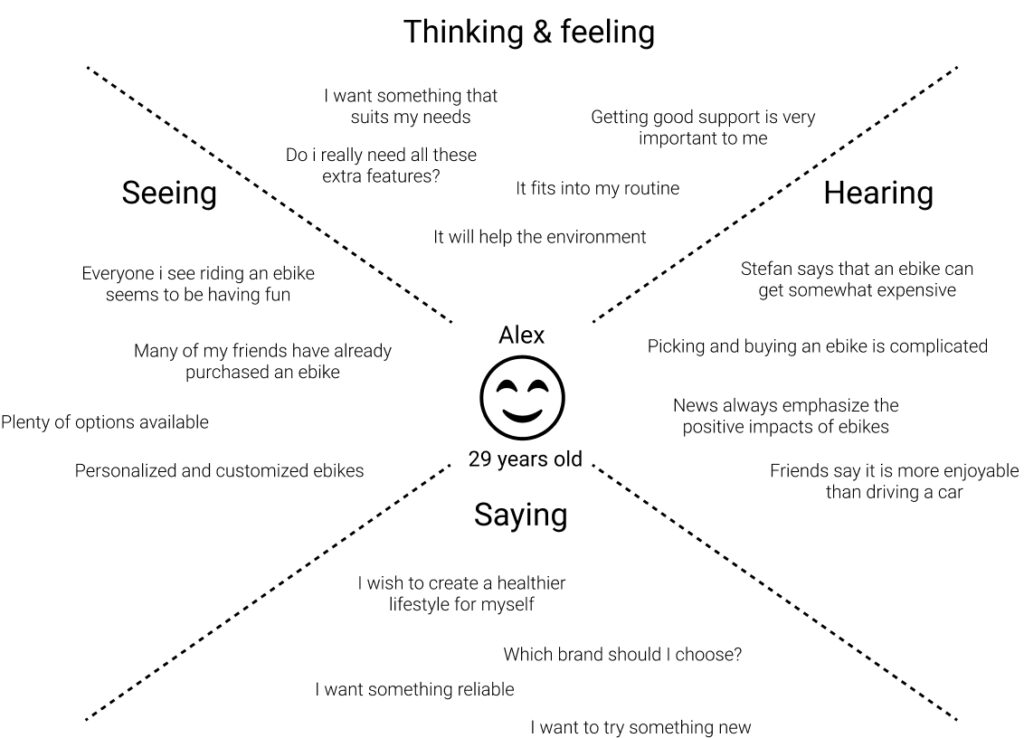
Defining the problems
Having a healthy amount of user research at our disposal, following up with a customer journey map would help us in visualizing what a person has to go through in order to accomplish a goal.
The outcome of our customer journey map feeds directly into our Points of View and How Might We questions, which in turn will contribute in generating creative ideas.
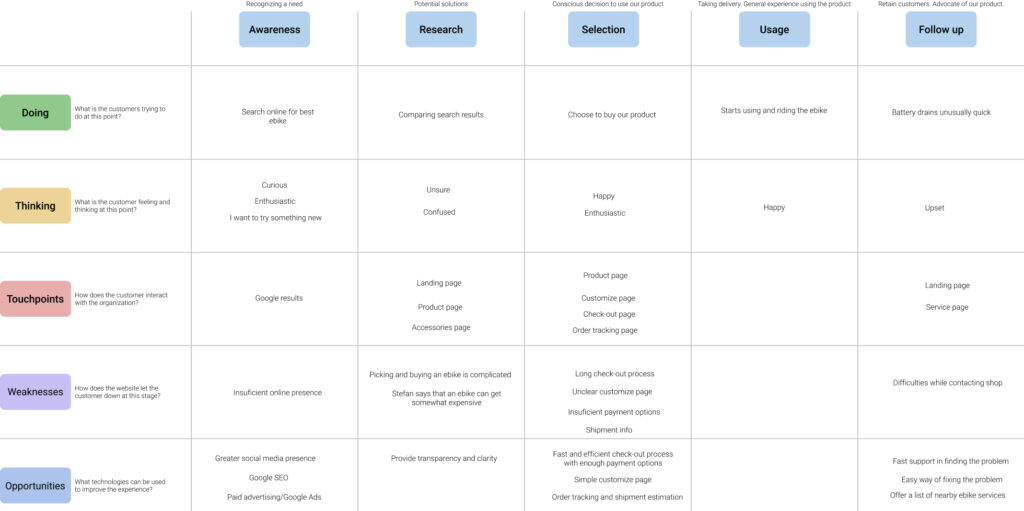
Coming up with solutions
With the guidance and help of the How might we questions, the task flows that followed moulded the overall user experience that we wanted to provide.
Actually “putting pen to paper” and coming up with the first bunch of wireframes was the natural next step. Moving foward and user testing those wireframes proved to be extremely valuable towards validating our assumptions.
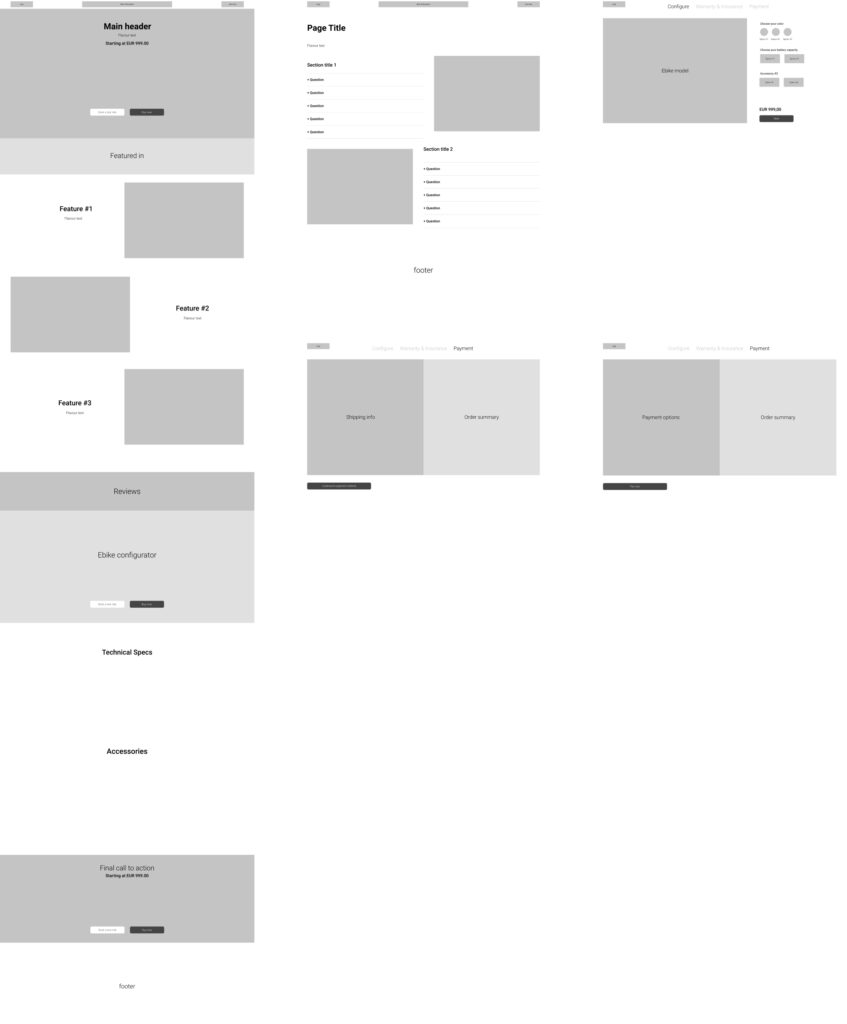
Prototype & wireflow
Progressing even further and creating an early prototype with the help of our wireframes, we gave ourselves the opportunity to test the practicability of the current design, and to find out how users think and feel about the logic between each page.
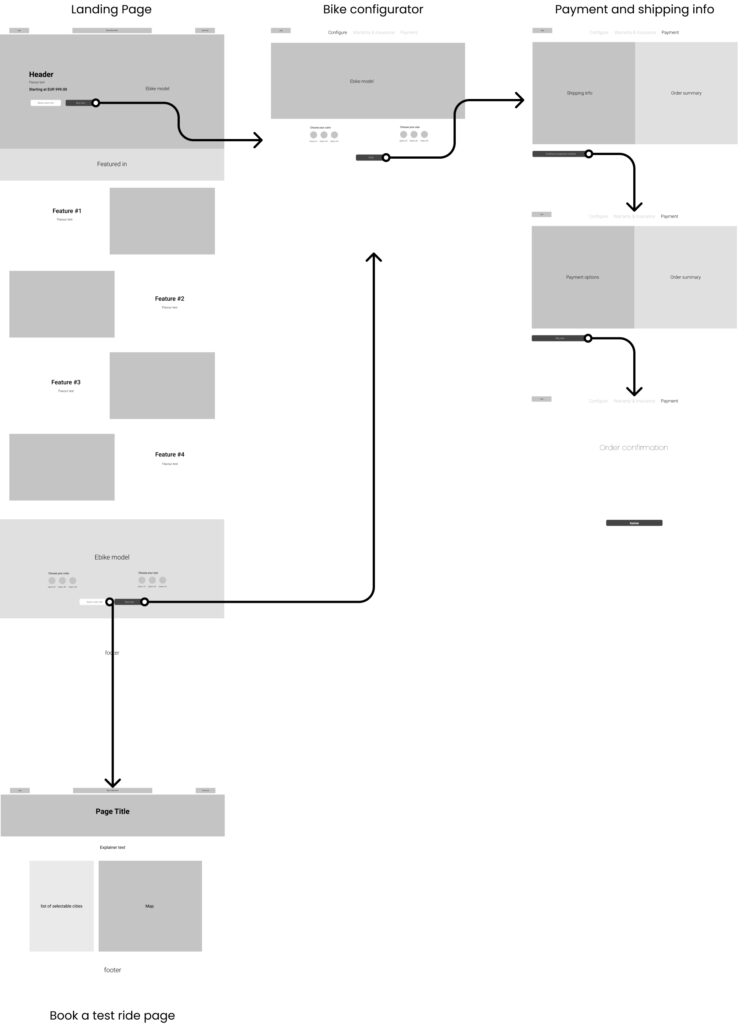
Test
The final round of testing sought to validate and uphold our entire project. Thankfully, as a direct benefit to our previous rounds of user tests, there were to major surprises or big changes to come out as a result.
We were extremely humbled and satisfied with how well our ideas turned out. The test results spoke for themselves.

Final product
The whole website was meant to provide a seamless experience, which is why we decided to go with a minimalist approach that would both make it easier for a user to navigate and clearly display all of the relevant data.
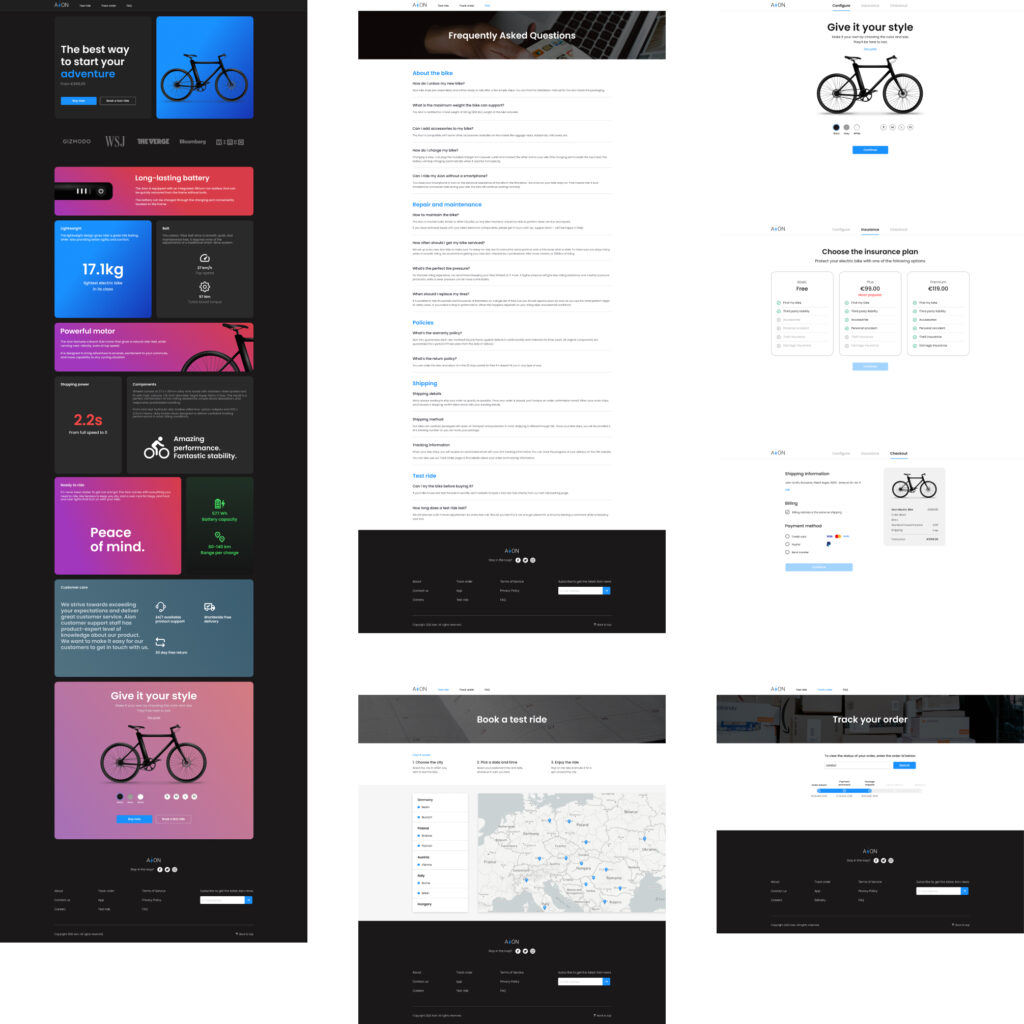
Conclusion & what’s next
Working on the project has been a challenging yet satisfying journey. It is always a revelation to see just how massively important the research and user testing stages trully are. Bringing together all that data into one cohesive product is a very rewarding experience.
Future plans take into account creating a companion mobile app, developing a more comprehensive business model, and also a proprietary accessories shop